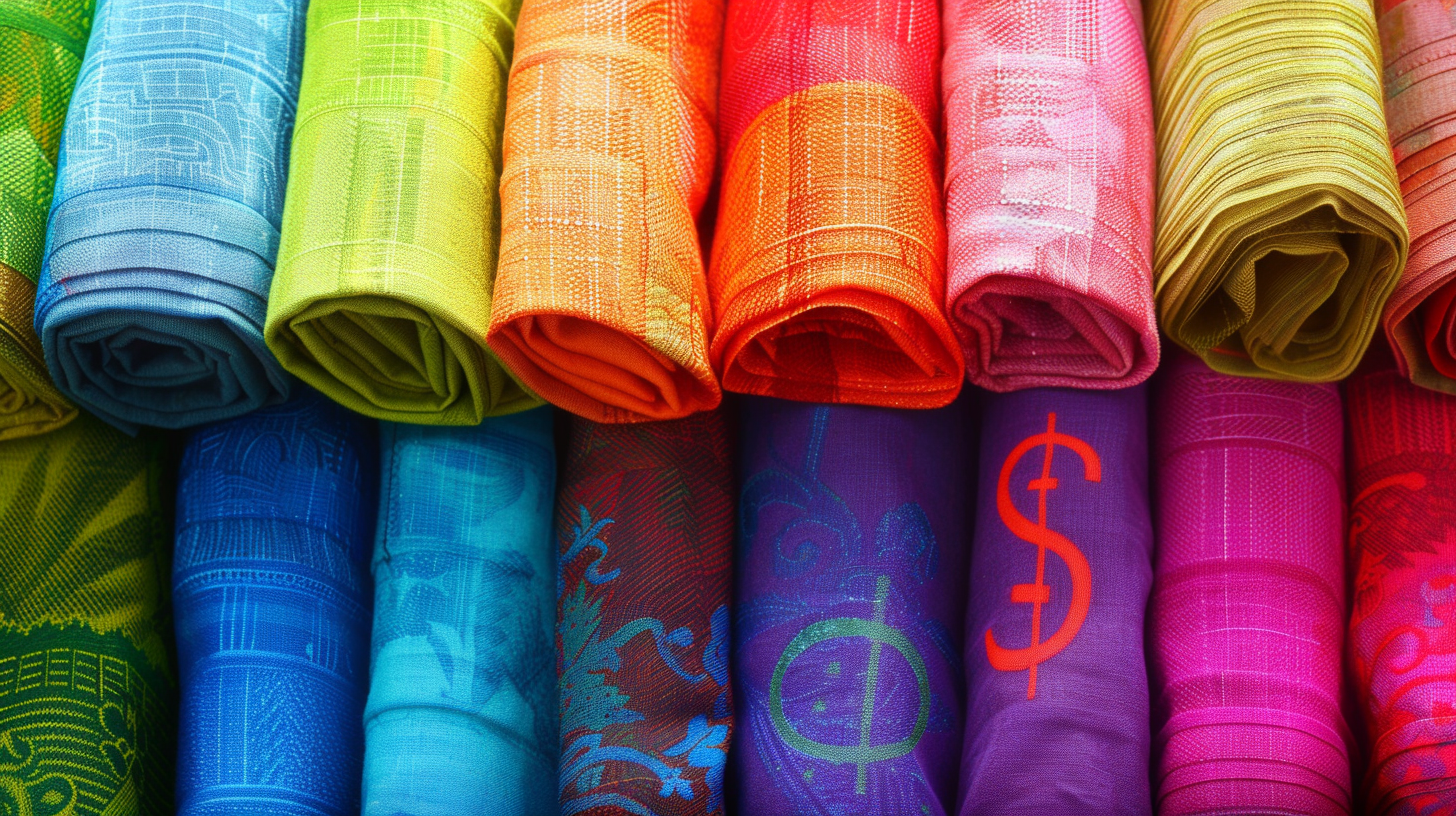A trend of sidelining ethical practices
Many of us will be well-versed in the issues that exist within the beast that is fast fashion.
From violation of workers’ and human rights to utilising unsustainable, environmentally harmful materials (such as those fashioned from fossil fuels), fast fashion brands keep their products at a low cost by committing ethical violations every step of the way.
On the flip side, companies that are truly committed to operating and producing sustainably made clothing take the necessary measures to ensure that their workers are treated and paid fairly, that their materials are responsibly sourced, and that their shipping methods are as low-carbon as possible.
Finding brands that tick all of these boxes requires scouring trusted databases like Good On You and Integrity Wardrobe, due to the shady greenwashing practices of popular clothing companies.
A lack of regulation in the fashion industry has placed the bar for ethical production and transparency on the floor, allowing fast fashion brands to rise in popularity with no regard for the social and environmental impact of their business models.
In recent years, though, consumers and policymakers are waking up to these problems – and it could shake up the industry from top to bottom.
What if sustainable fashion was the only option?
Speaking from a place of optimism, it’s possible that sustainable fashion could one day become the only option. We know this is possible because, throughout most of history, it was the only option.
Hoping to revert to this way of clothing consumption, countries are starting to explore ways to push fast fashion out of doing business within their borders. France, for example, is looking to introduce fines for companies that use plastic-based textiles (like polyester, nylon, and acrylic).
Imposing fines on environmentally destructive imports could deter major companies from operating in France and encourage shoppers to invest in clothing made from longer-lasting materials. Not to mention, other European nations could follow suit.
As the fast fashion industry shows no sign of slowing, this type of legislation could be the only way to prevent shoppers from making bad decisions – like taking candy from a baby.
Working to change our personal relationships to clothing could also tame the beast, too.

Making long-term investments for the future
Fast fashion’s entire gimmick taps into our brain’s short-term rewards system: pay less for this item now so that when you’re bored of it, you can forget it!
However, purchasing well-made clothing that can be worn throughout the season is a long-term investment. The cost of the original piece becomes lower because we get more value out of it, unlike cheap items that fall apart after a single use.
This investment into sustainably made clothing also helps bolster the movement, too. ‘As [new] innovations become more mainstream, [this] drives the prices down. There’s a shift that has to happen,’ says Brittany Burns, the director of strategy and corporate development at Fashion For Good.
Those with the financial means to support brands with strong environmental credentials absolutely should, as it increases industry demand for well-made materials and helps manufacturing prices drop.
Placing pressure on brands that aren’t incorporating enough eco-friendly materials into their collections is also paramount. This pressure will force large corporations to invest more into sustainable design technology to upscale it, which will help prices fall too.
That consumers are blamed for contributing to the fast fashion night we’re currently living in presents us with a satisfying reality: we also have the power to reverse it. As we demand better products and support the companies who fit these standards, the rest of the industry has to evolve and adapt.
All in all, bringing the cost of sustainable fashion will depend on several factors.
Society first needs to see the fast fashion industry for what it is – unacceptable – so that its business model becomes widely rejected. A shift in consumer mentality can follow, where we value our clothing and see our wardrobes as long-term investments.
Only then can the cost of sustainable fashion level off, becoming more affordable for all.



















